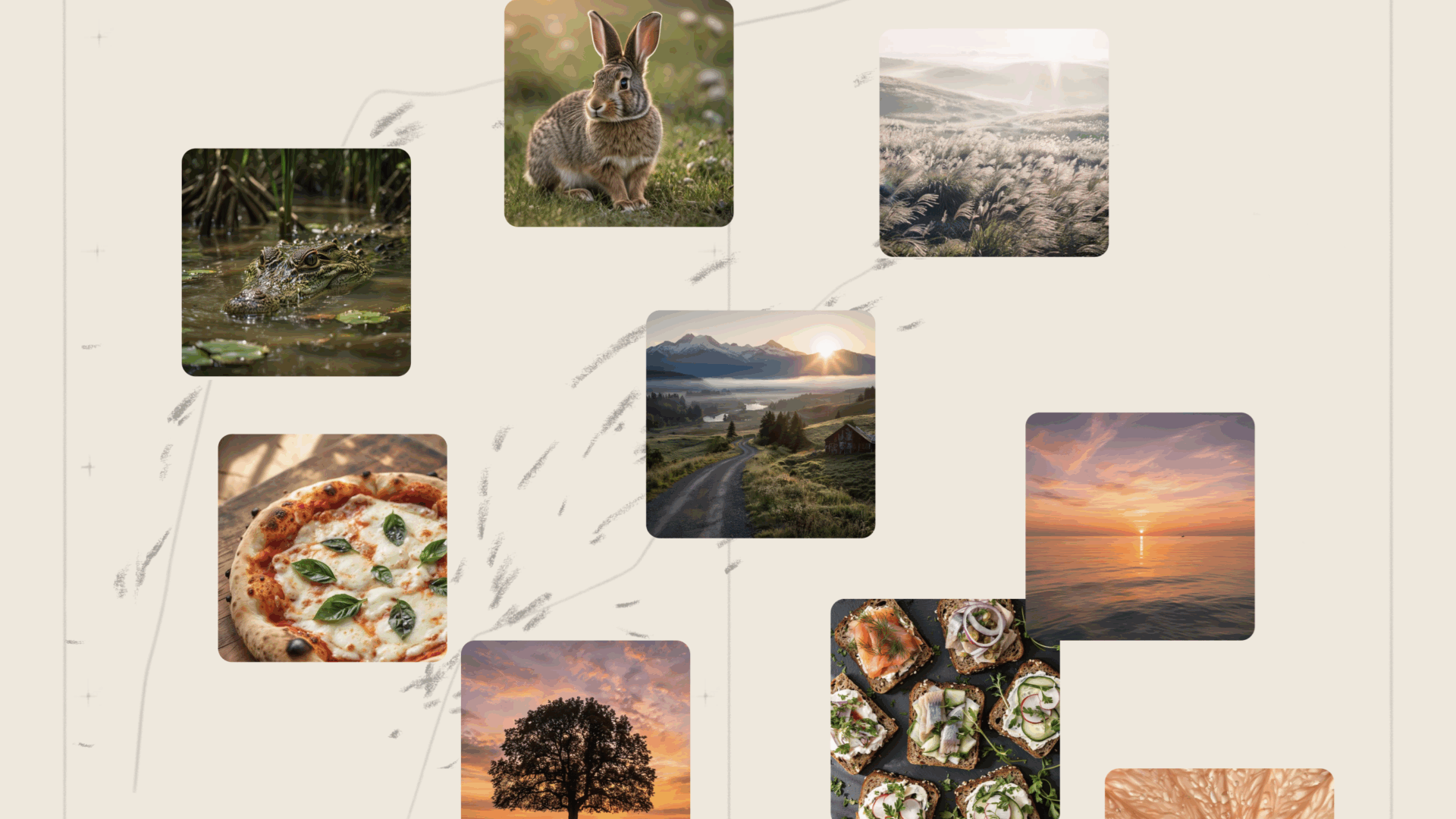Microsoft Unveils MAI‑Image‑1, Its First In‑House Text‑to‑Image Model

Key Points
- Microsoft launches MAI‑Image‑1, its first internal text‑to‑image model.
- The model prioritizes speed, photorealism, and flexibility.
- MAI‑Image‑1 entered the top ten on the LMArena leaderboard.
- Integration with Microsoft Copilot and Bing Image Creator is upcoming.
- Training involved curated data and collaboration with professional creatives.
- Microsoft aims to differentiate its images from common AI art tropes.
- The release marks a shift from reliance on external AI providers.
- Success could boost the overall appeal of Microsoft’s AI ecosystem.
Microsoft has introduced MAI‑Image‑1, its inaugural text‑to‑image generator built internally. Designed for speed, photorealism, and flexibility, the model aims to avoid the repetitive visual patterns common in other AI art tools. It has already entered the top ten on the LMArena leaderboard and will soon be integrated into Microsoft Copilot and Bing Image Creator. By curating training data and working with professional creatives, Microsoft hopes the model will deliver realistic images that fit directly into documents, ads, and presentations, strengthening its broader AI ecosystem.
Microsoft Launches Its First In‑House Text‑to‑Image Model
Microsoft announced the release of MAI‑Image‑1, marking the company’s entry into the text‑to‑image space with a model built entirely in‑house. The new generator is positioned as a fast, photorealistic, and flexible tool that seeks to move beyond the repetitive visual tropes that have become familiar in many AI‑generated images.
Performance and Early Recognition
Shortly after its debut, MAI‑Image‑1 cracked the top ten on the LMArena leaderboard, a public benchmarking platform where the model is currently the only one available. This early performance signal underscores Microsoft’s technical ambition for the model.
Integration Into Microsoft Products
The company indicated that MAI‑Image‑1 will soon be rolled out within Microsoft Copilot and Bing Image Creator. By embedding the model into these widely used services, Microsoft aims to make AI‑generated imagery a seamless part of everyday workflows, from presentation design to advertising creation.
Design Philosophy and Training Approach
Microsoft emphasized that MAI‑Image‑1 was trained on a curated data set and refined with input from professional creatives. The goal was to produce images with controllable lighting and textures that look distinct from those generated by competing models. According to Microsoft, the focus on realism and usefulness should result in fewer “dreamlike blobs” and more images that work effectively in documents, ads, and presentations.
Strategic Shift From Reliance on External Providers
Historically, Microsoft’s AI offerings have leaned heavily on OpenAI’s technology. The introduction of MAI‑Image‑1, alongside the previously announced MAI‑1 language model and MAI‑Voice‑1 speech model, signals a strategic move toward developing proprietary AI capabilities. Microsoft expressed confidence that its homegrown models could make competing solutions appear erratic and slower in comparison.
Potential Impact on the AI Ecosystem
If users embrace MAI‑Image‑1, the model could enhance the appeal of Microsoft’s broader AI Copilot ecosystem, offering a more integrated and reliable image‑generation experience. Conversely, should the model fall short of expectations, Microsoft may need to revert to external partners for image‑generation capabilities.
Looking Ahead
Microsoft’s rollout of MAI‑Image‑1 reflects its commitment to embedding AI across its product suite while differentiating its offerings through in‑house development. The model’s early success on benchmarking platforms and its upcoming integration into Copilot and Bing suggest that Microsoft is positioning itself to be a significant player in the generative‑AI market, particularly for users seeking realistic, production‑ready imagery.